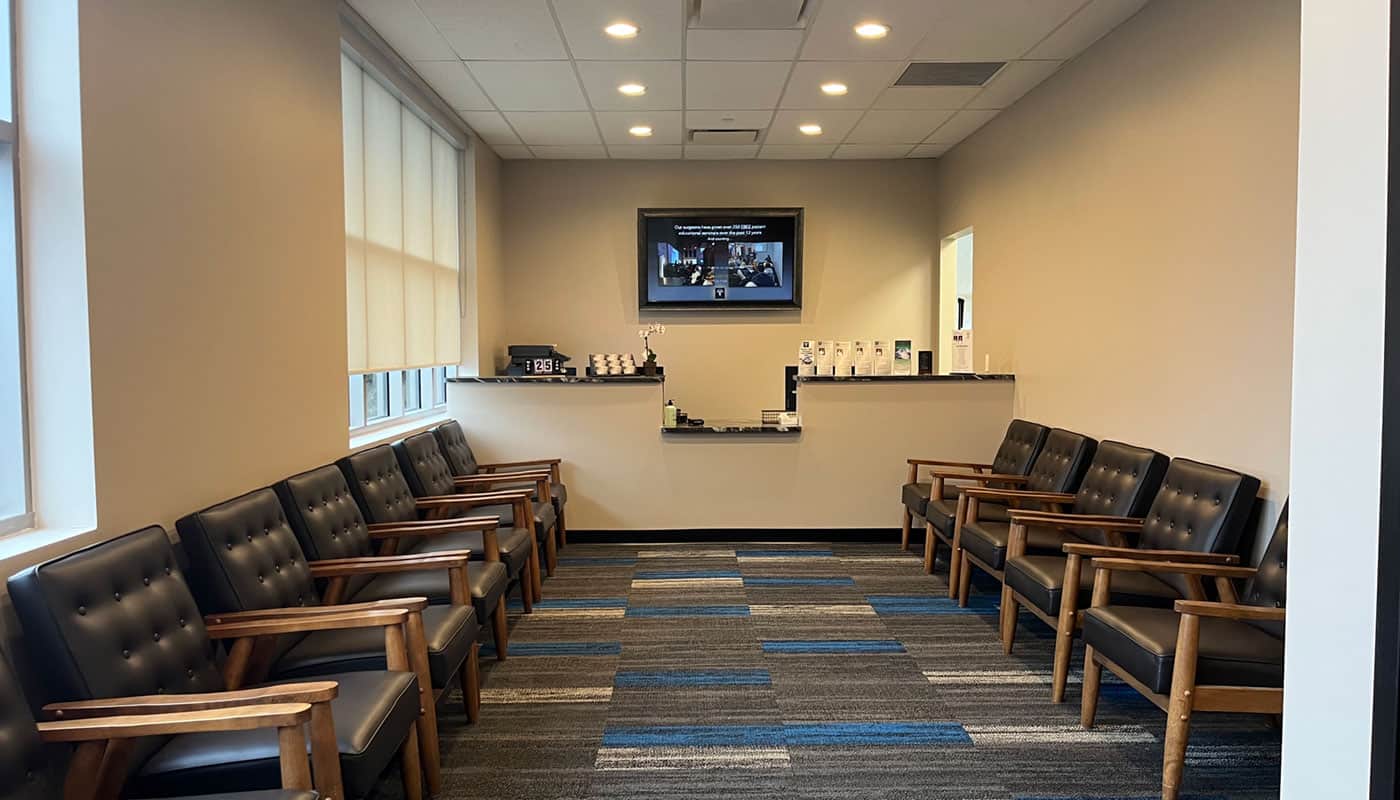
As a young man, Dr. Frndak’s interest in orthopedics was first rooted, as it often is, in physical fitness. As he tells it, being athletic first led to an interest in physical therapy, which eventually expanded to include orthopedics and joint replacement. Now, decades later, Frndak continues to maintain a Board Certification in Orthopedic Surgery. He is a Fellow of the American Academy of Hip & Knee Surgeons (F.A.A.H.K.S.) and even offers professional peer review services to a monthly professional publication, Arthroplasty Today. Of course, it all had to start somewhere, and that was with a desire for patients to not have to suffer in order to rehabilitate.
Dr. Frndak began practicing physical therapy in the late 1970s. The practice of total knee rehabilitation had its beginning earlier in the decade. Initially, the approach was to put the postoperative patients into a cast, which did in fact allow them to heal readily, but left the joint extremely stiff; on the other hand, when rehabilitation to regain motion and strength was pushed too hard, patients would experience much greater discomfort and slower healing times. When Dr. Frndak first became a surgeon, he began to analyze rehabilitation methods, and in the early 1990s, developed a hybrid approach with the intent of minimizing the amount of pain patients would experience while optimizing the quality of the result. This philosophy would help inform and carry over into Dr. Frndak’s current work with the Whole Health Joint Replacement Institute.
After practicing for 25 years, Dr. Frndak retired in 2017 – a retirement that would prove short-lived. For two years, he visited locations in Central America and Africa, continuing to practice hip and knee joint replacement surgery there. Prior to retirement, wanting to pass the ball so to speak, he looked to Dr. Molli, who he’d met previously at a conference. Both had gone to the same center for fellowship training (albeit twenty years apart), and before he knew it, Dr. Frndak was pulled back into practice, this time with new, state-of-the-art knee implants. In fact, Dr. Frndak says advances in knee implants have been so dramatic that joint replacement has become a more rewarding procedure than ever.
Dr. Frndak is married with three children. In his free time, he enjoys recreational outdoor activities, exercising, and remaining physically fit – the very thing that drew him to joint replacement in the first place. Professionally, above all else, he enjoys seeing patients smile on the first visit back, knowing how much less pain they’re experiencing due to his optimized surgical and rehabilitation methods.
Read More
About Kinematic Alignments & Total Knee Arthroplasty
Kinematic alignment in knee joint replacement, also known as KA total knee arthroplasty, is a new method of knee replacement that aims to restore the unique natural anatomy of a patient’s knee and limb. To do this, rather than implanting every artificial knee as if all knees should be exactly the same, Dr. Frndak and his team at the Whole Health Joint Replacement Institute perform measured bone resections and avoid the release of normal ligaments – namely, the posterior cruciate, collateral, and retinacular ligaments. This results in a personalized placement of the artificial knee in an orientation nearly identical to what was normal for each patient prior to the development of arthritis. Whole Health has performed over 700 kinematically aligned total knee procedures since December 11th, 2018. None of them required a primary care referral.
Generally, using kinematic alignment techniques to implant an artificial knee leads to a more predictable, stable, and natural feeling knee than previous “one size fits all” alignment knee replacement techniques. With KA total knees, most patients experience little to no post-operative stiffness or balancing issues. Of course, personalized pre-operative care is just as important as post-operative care, and Whole Health believes in the benefits of equipping patients with thorough knowledge of the potential risks or complications associated with their operation. Patients will leave their consultation knowing what their individual road to recovery will look like and how they can utilize realistic expectations to optimize their wellness and post-operative results. Read more about the TKA procedure, as well as the pre-operative care offered by Whole Health Joint Replacement Institute.
Read More Contact




